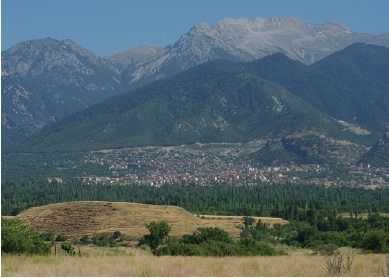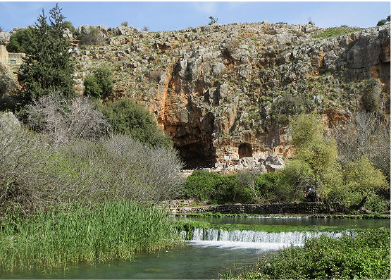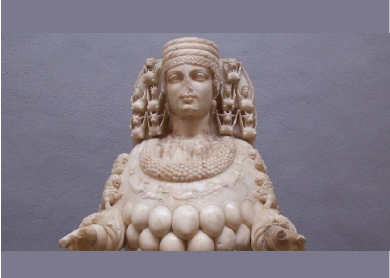Laodicea is mentioned four times in the New Testament. The letter to the Colossians provides three references, including notice of a house-church run by a woman named Nympha. The book of Revelation has Laodicea as one of the seven churches receiving its message. It is called “lukewarm.” What do we know about the city?
Pliny the Elder mentions Laodicea in his first century encyclopedic Natural History. He claims that the Phrygian city was previously called Diospolis and Rhoas. There is no epigraphical support for these names, but there is archaeological evidence for two prior villages (Babakome and Kiddioukome) and a garrison (called Neon Teichos). Antiochos II established a new city in 256/255 BCE and named it in honor of queen Laodike. Jews probably became long-standing members of the population from the time of Antiochus III (223–187 BCE).
Laodicea was ideally situated between three major waterways—the Lycus, the Kapros, and the Asopus rivers. By Pliny’s day, the city was a major center for the worship of Zeus. Hadrian’s visit in 129 CE recognized Laodicea as a neokoros, a guardian, of Zeus worship, much like Ephesos was for Artemis. Laodicea also sought to be authorized as guardian of the imperial cult, a goal finally sealed by the emperor Elagabalus (in 216 CE).
Laodicea was known as a wealthy and powerful city. Early in its history, it displaced Kibyra as the central seat of its administrative district (called a conventus). It was a banking center for elite travelling Romans and sponsored Roman gladiatorial spectacles. It secured the backing of provincial governors to mint its own silver coins and, during the reign of Hadrian, was one of a handful of Asian cities tasked with re-striking worn silver coins (called cistophori). The city was wealthy enough to finance its own major restorations after an earthquake in 60 CE (Tacitus, Annals 14.27). Textile garments produced throughout the Lycus Valley became known as “Laodicean” and were exported even as far as Gaul.
Elite members of the empire were happy to associate with Laodicea. Orators and physicians called the city home, and Roman senators gave gifts to the city to display their status. Its wealthy citizens erected a statue to the Senate and People of Rome on the Capitoline Hill in the imperial capital, copied the monumental display of Augustus and Nero, and observed the “good news” celebrations of Augustus birthday and the new imperial era well into the second century (compare Col 1:5, Col 1:23). Laodicean citizens regularly appear in Rome and Athens. The city’s two theaters, its immense stadium, and multiple baths and agoras, even its six necropoleis, testify to a large population. Moreover, in the second century CE, the writer Philostratus extolled the city “as more significant than those cities on the coast” (Life of the Sophists 530).
Why is Laodicea’s reputation so insecure in the New Testament?
Laodicea is mentioned three times in the letter to the Colossians (Col 2:1, Col 4:13, and Col 4:15) and is included as one of the seven churches of Asia in the book of Revelation. The Colossians references are relatively neutral, but Revelation portrays the city quite negatively. Its insipid faith is tied to its immense wealth (Rev 3:17: “You say, ‘I am rich … I need nothing’”). Wealth is the particular fatal flaw of Rome, the “great whore,” and of those who have hitched their fortunes to its wealth and shame (Rev 18:3).
The city’s alignment with Rome in Revelation seems not to have harmed its position when Christianity became legal. At that time, Laodicea transitioned from an administrative center to metropolitan diocese, even sponsoring a major church council around 365 CE.





